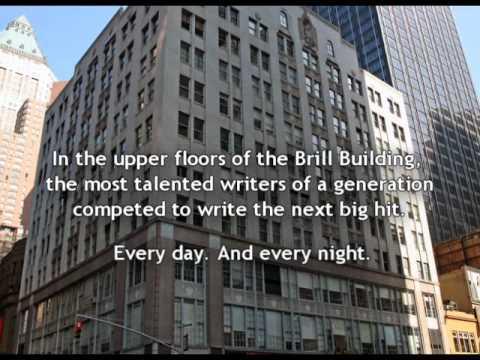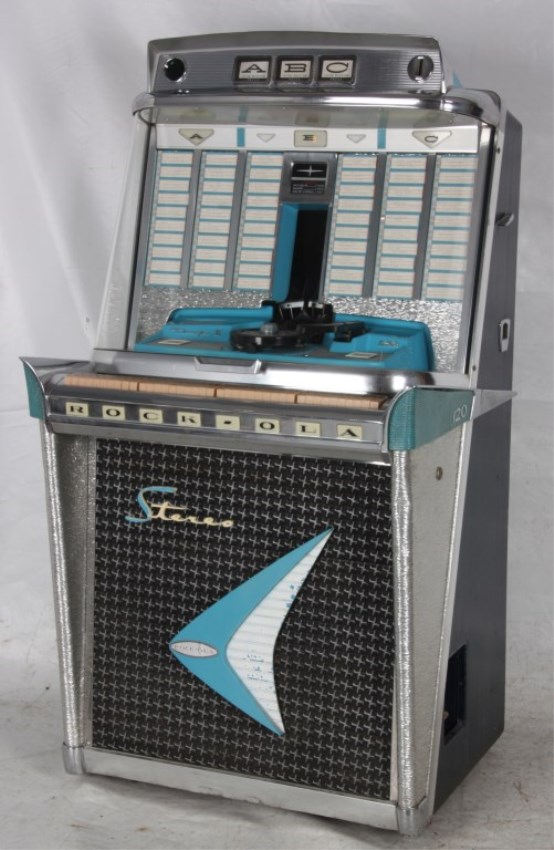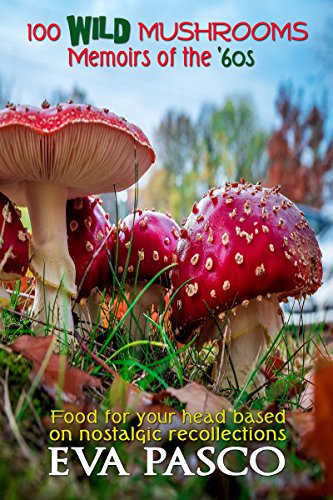The 60s Official Site
Where Music is Our Middle Name
Quick Links
Your Daily Oldies Fix Top Ten Countdown Soundtrack of the 60s Solid Gold Memories Jukebox Music More Jukebox Music
Vibration of a Nation Television of the 50s and 60s Remember When Do You Remember These 60s Slang
Things You Just Don't Hear Anymore 60s TV Commercials Chickenman Episodes Woodstock This Week's Number One Hits
The Early Years of Rock and Roll
All the content menu is listed on the left menu border bar
The Brill Building
By 1962 the Brill Building contained 165 music businesses: A musician could find a publisher and printer, cut a demo, promote the record and cut a deal with radio promoters, all within this one building. The creative culture of the independent music companies in the Brill Building and the nearby 1650 Broadway came to define the influential "Brill Building Sound" and the style of popular songwriting and recording created by its writers and producers. Carole King described the atmosphere at the "Brill
Building" publishing houses of the period: "Every day we squeezed into our respective cubby holes with
just enough room for a piano, a bench, and maybe a chair for the lyricist if you were lucky. You'd sit there and
write and you could hear someone in the next cubby hole composing a song exactly like yours. The pressure in the
Brill Building was really terrific—because Donny (Kirshner) would play one songwriter against another. He'd say:
"We need a new smash hit"—and we'd all go back and write a song and the next day we'd each audition for Bobby
Vee's producer. Many of the best works in this diverse category were written by a loosely affiliated group of songwriter-producer teams—mostly duos—that enjoyed immense success and who collectively wrote some of the biggest hits of the period. Many in this group were close friends and/or (in the cases of Goffin-King, Mann-Weil and Greenwich-Barry) married couples, as well as creative and business associates—and both individually and as duos, they often worked together and with other writers in a wide variety of combinations. Some (Carole King, Paul Simon, Burt Bacharach, Neil Sedaka, Neil Diamond, Boyce and Hart) recorded and had hits with their own music. |
|





